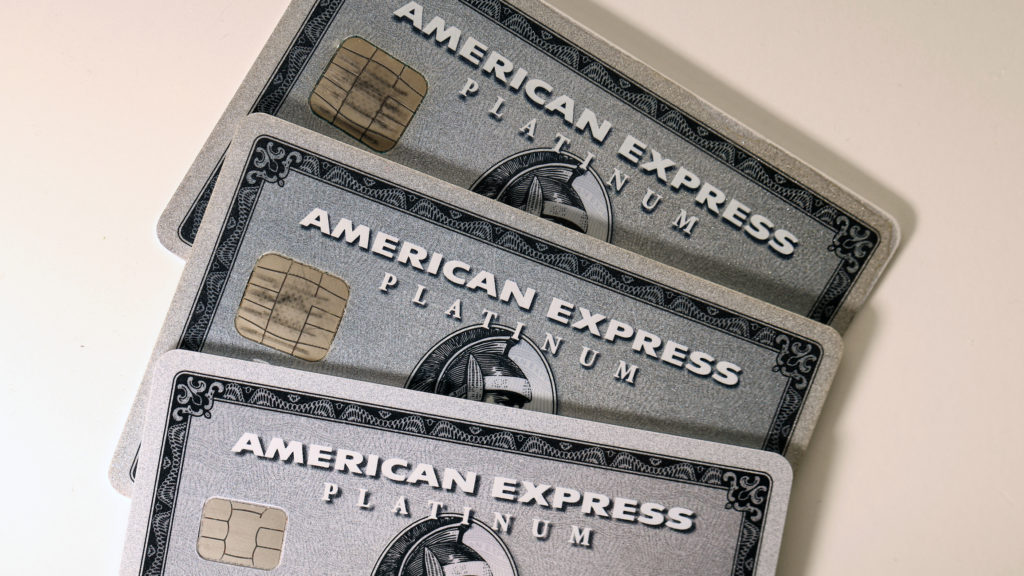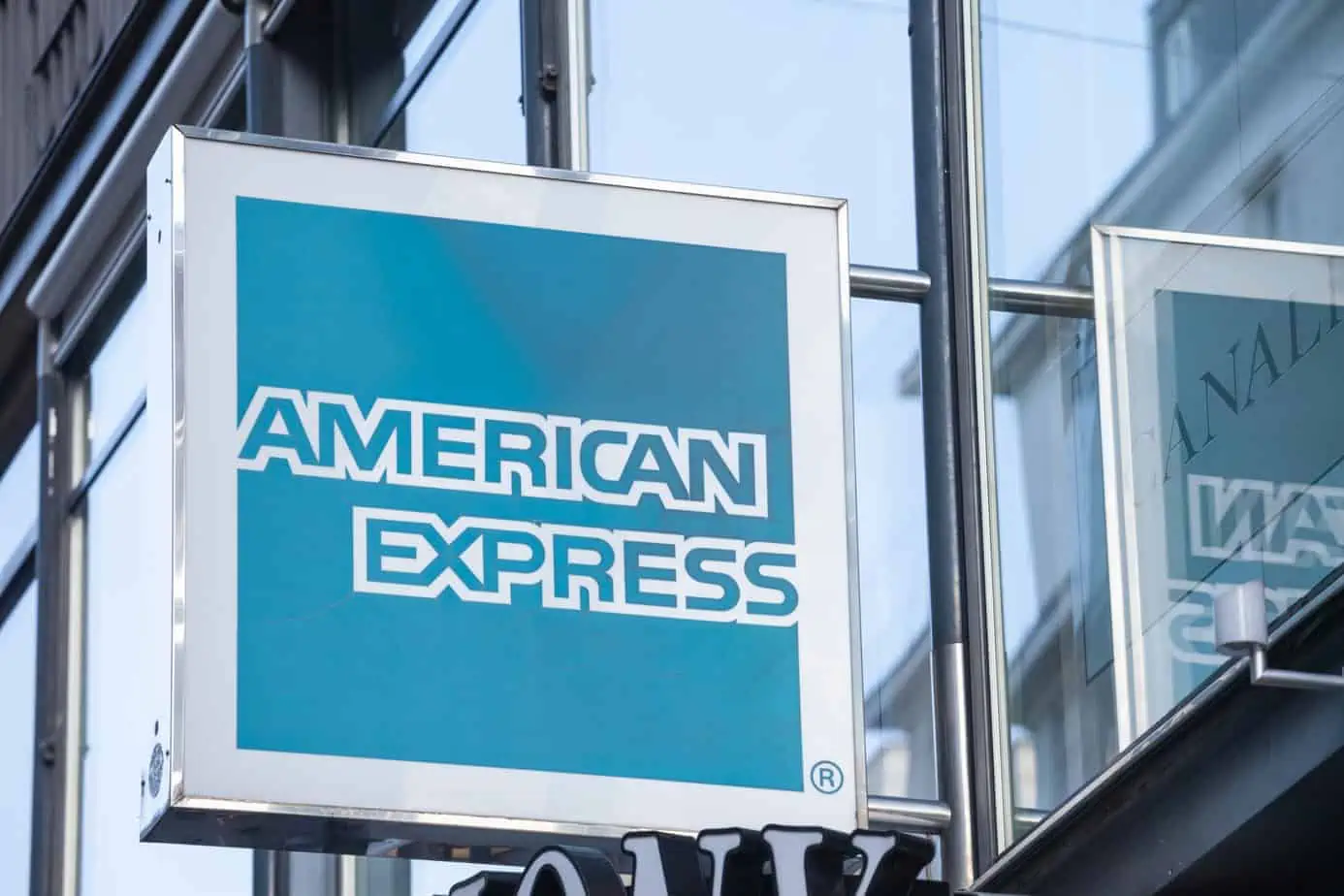You may notice when accepting American Express credit cards that American Express interchange rates are higher than what other cards offer. The reason is that Amex uses a closed system for operation. The setup makes the card feel exclusive when compared with the other major networks.

American Express operates as a card network and issuing bank. Amex does not rely on other banks and third parties to issue cards. It provides those cards directly to the consumers, thus producing a closed network.
The unique system makes American Express a popular card choice for many people to follow. Many American Express cardholders are high-income buyers who have enough funds to pay off their balances without incurring interest. They also tend to pay more money for each transaction on average.
The distinct setup makes it where you’ll spend more on American Express interchange fees than you would with other card networks. You’ll spend even more money on these fees when someone spends more money on the card. You could qualify for the OptBlue network if you don’t accept enough Amex transactions in a year.
Wholesale Discount Rates
American Express interchange rates are actually discount rates. The discount rate is a percentage of a sale plus a fixed transaction fee.
Amex doesn’t calculate its discount rates over the type of card the customer uses. While Amex does offer different card types with unique features for its clients, it still charges the same discount rates for each one. You can check with American Express to see what rates it will impose on your business based on your operation.
The Main Measure
The discount rates you’ll spend on Amex transactions will vary surrounding two factors:
- Your industry of work
Amex has different rates for retail, restaurant, service provider, healthcare, B2B, and lodging industries.
- The amount of money someone spends on a transaction
The interchange rate can be higher when someone pays more for something.
General Considerations
The interchange rates will vary surrounding your industry. American Express does not publicly disclose its rates, but businesses report that those rates increase when their clients spend more. Here are some basic averages to note:
- Restaurants – 3.5%
- Retail stores – at least 3%
- Healthcare services – 2.5% for office-based services and at least 3% for healthcare services outside of offices
- Supermarkets – 2.3%
- Gas stations – 3.25%
- General services, including wholesale efforts – 2.9%
These American Express interchange rates will change on occasion based on what Amex determines. But Amex is not always public with its changes. You can review your credit card statements to see how much you’re spending on Amex payments to see if there are shifts on the market.
Additional Charges
American Express interchange rates have various charges that you should know. You would also be subject to extra charges when accepting American Express cards, including the following:
- Network fee – 0.15%
- Keyed fee – 0.3% extra if the customer does not have the physical card on hand
- International fee – 0.4% for transactions where the buyer’s card is issued in a country outside yours
These charges make it where you could spend 3% or more on a transaction in some situations. These totals can be high and tough to manage, especially if you don’t have as much money in your business as you wish.
American Express interchange Rates – How the Rates Compare

American Express’ rates are substantially higher than what you’d spend when accepting Visa or MasterCard credit cards. While a restaurant can potentially spend 2.5% or more on interchange fees with an Amex purchase, it would spend closer to 1.5% with a Visa or MasterCard transaction.
Visa and MasterCard also don’t increase their interchange rates based on how much money someone spends. Since American Express cards are used by affluent people who can afford to spend more money, you’ll likely experience significantly higher rates. Paying 2.5% plus 10 cents for an Amex transaction worth $600 would require you to spend $15.10 on the order. But if you paid 1.8% plus 10 cents with a Visa or MasterCard, you’d spend $10.90 for that card. The expense can be dramatic and tough to manage after a while.
How Can OptBlue Help You?
Many retailers will not accept American Express cards because they cannot afford to pay the interchange fees. But you can benefit from the OptBlue program if you’re unable to handle those fees.
OptBlue is a program where you can qualify for discounted wholesale rates when accepting American Express cards. OptBlue is for smaller businesses that do not currently accept Amex cards. It encourages businesses to start taking in these cards and to make them more viable to various customers.
For example, a retail store may pay a discount rate of 1.6% plus 10 cents when processing transactions of less than $75. Transactions that go up to $1,000 will have a rate of 1.95% plus 10 cents. The total rises to 2.45% plus 10 cents if the transaction is worth at least $1,000.
Meanwhile, a healthcare service provider will pay 1.55% plus 10 cents for transactions under $150. The rate rises to 1.85% plus 10 cents for transactions up to $2,000. Anything over $2,000 will have a discount rate of 2.3% plus 10 cents.
These totals are substantially less than what you’d spend on a traditional Amex transaction. But you will still spend the 0.15% network fee for each transaction and an additional 0.3% for CNP transactions.
You will stay in the OptBlue program as long as you bring in less than $1 million in Amex transactions each year. You will automatically start accepting the regular discount rates at OptBlue after you reach the $1 million mark.
In summary, American Express will charge more money in interchange fees, as the card is a high-end option. You can always accept Amex cards, but you’ll have to spend more to handle transactions to make everything work. But you can use the OptBlue program if you want to start accepting Amex cards without dealing with the excess charges that come with the system. Be aware of how you’re handling Amex cards when supporting this unique system.

